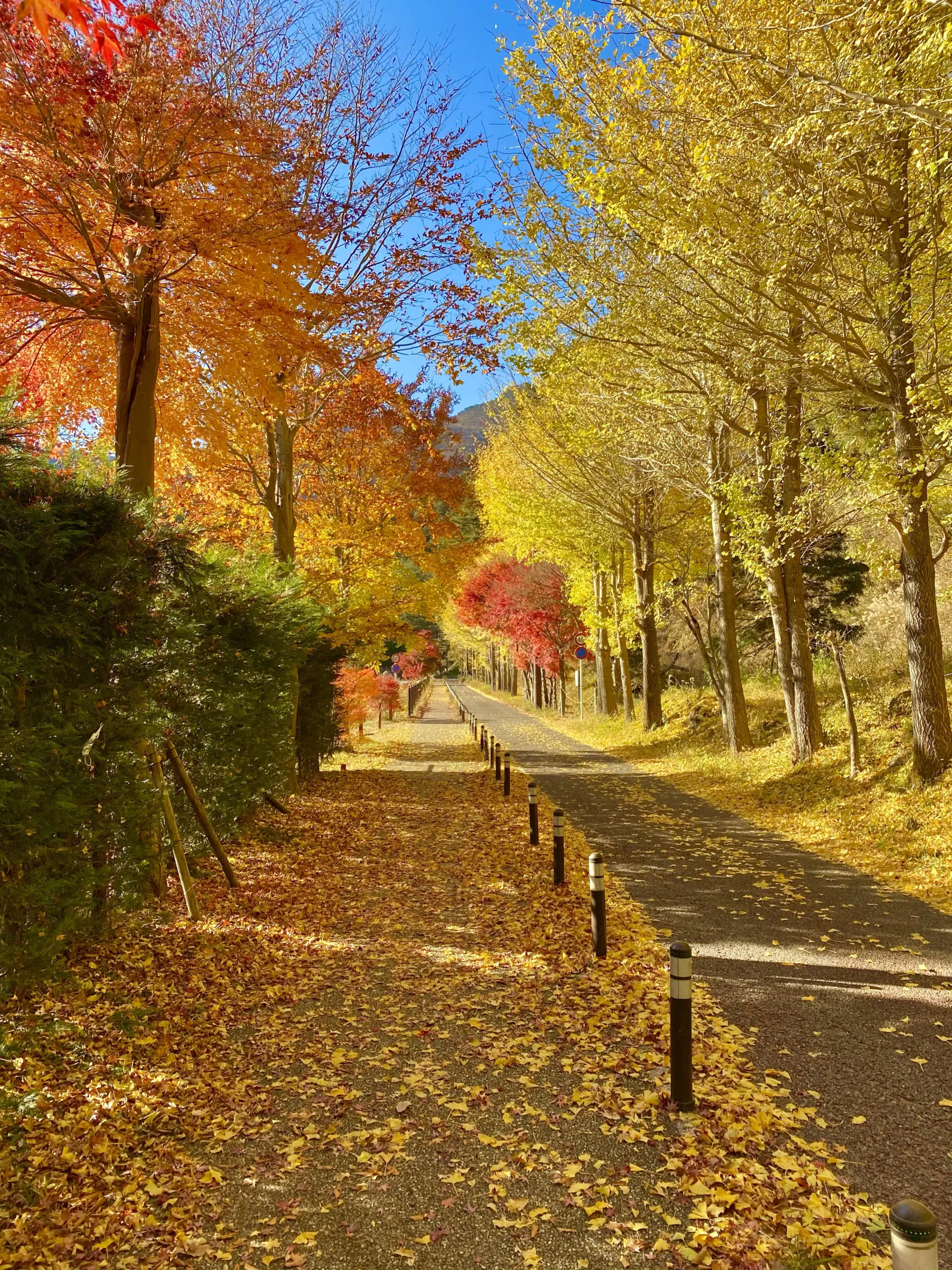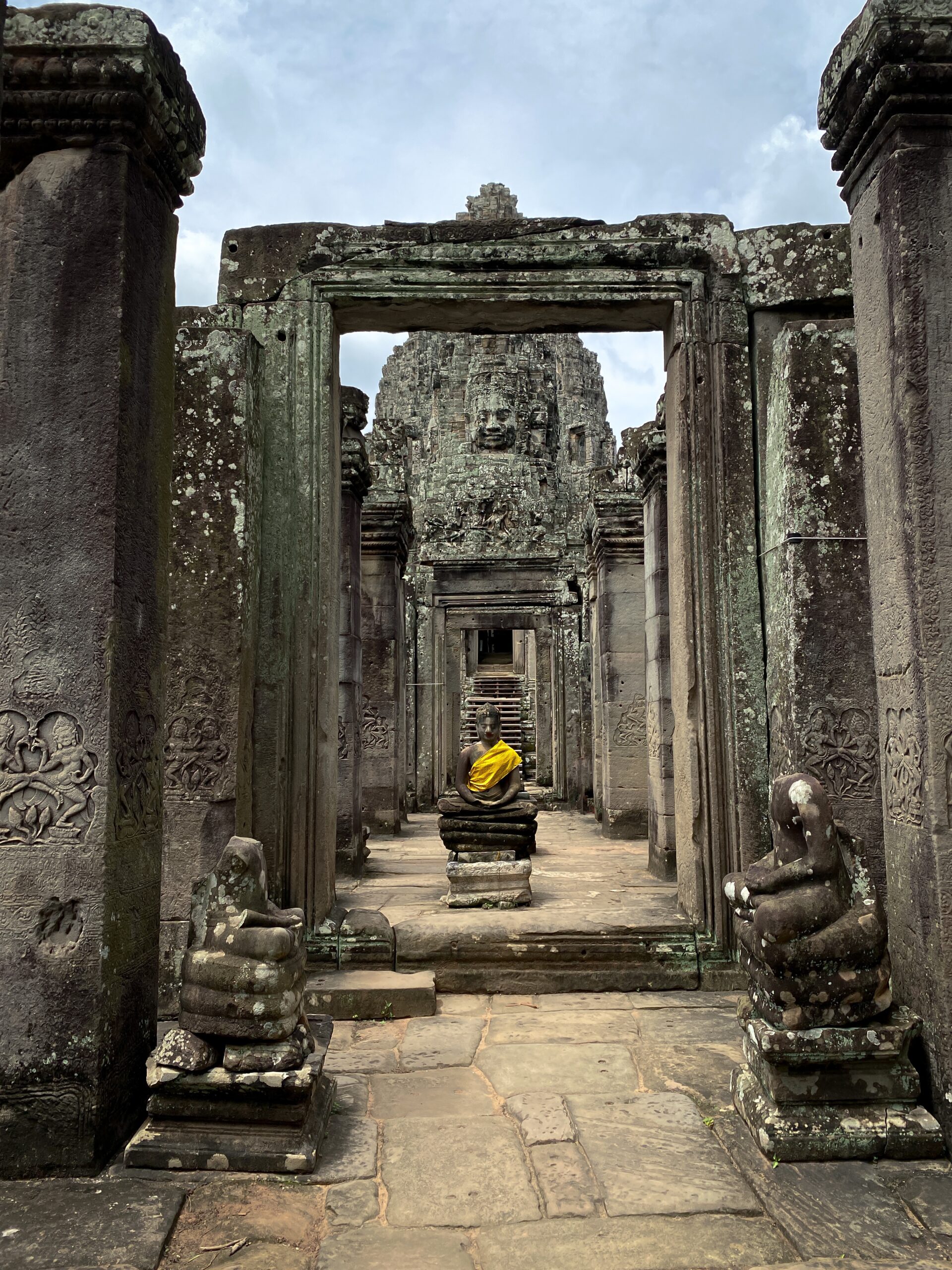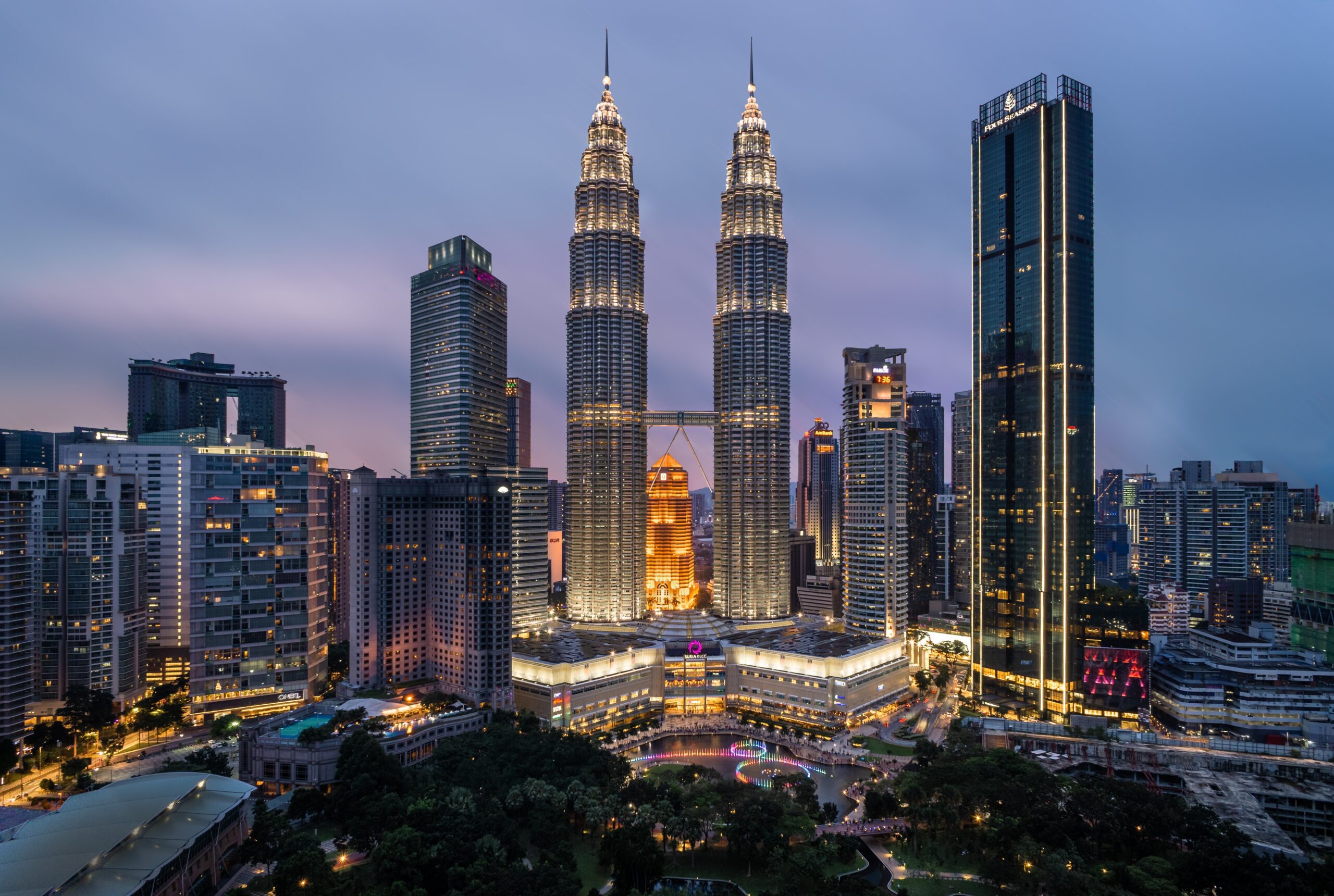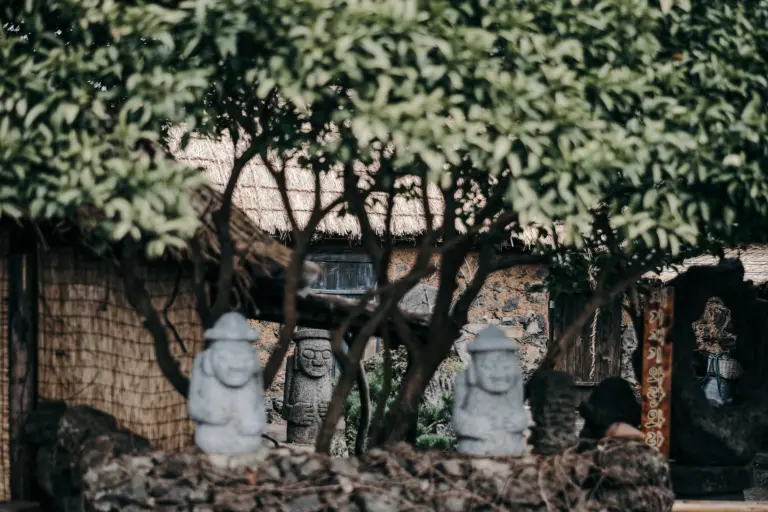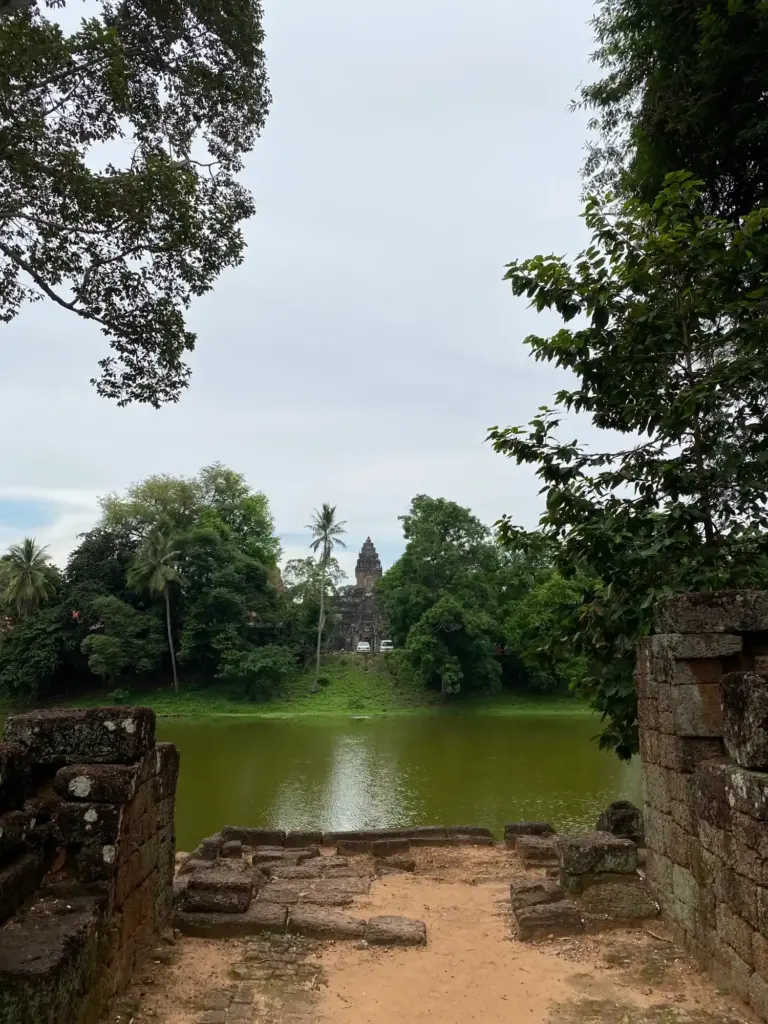Within the expansive Chinese civilization, two cultures that have left an indelible mark. While both are intrinsically rooted in the broader Chinese heritage, they have distinct identities shaped by their regions, histories, and interactions with the world.
Originating from the southern territories of China (specifically Guangdong), Cantonese Culture has flourished not just in the mainland but also in Hong Kong.
Meanwhile in the northern heartlands are the epicenters of Mandarin Culture. Not just in the capital, Beijing, this culture is further echoed in Taiwan, an island that, while close to the southern regions, predominantly speaks Mandarin and carries its own blend of traditions.
While Cantonese and Mandarin cultures have their unique characteristics, they also share common threads of Chinese philosophy, values, and aesthetics. The beauty lies in understanding these nuances and the stories they tell of a civilization that has shaped much of East Asian history and beyond.
Table of Contents
ToggleHistorical Background
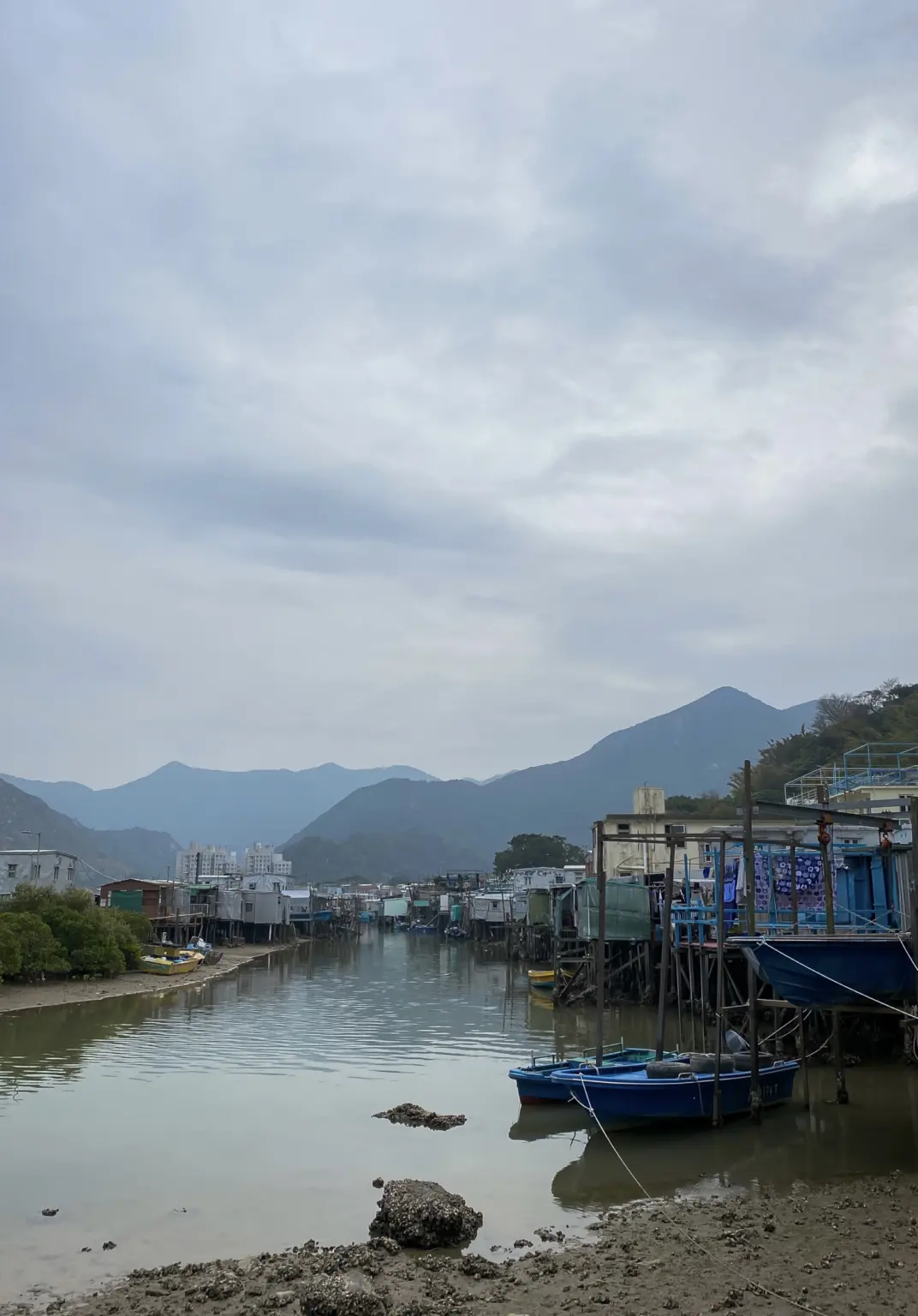
History of the Cantonese
Historically known as “Canton,” Guangdong has been a crucial gateway for foreign traders and travelers for centuries, especially during the maritime Silk Road era. Its strategic location made it a melting pot of various cultural influences, from Indian to Arab.
Over time, Guangdong became a hub for overseas Chinese, many of whom ventured to Southeast Asia, Europe, and the Americas, taking Cantonese culture with them.
Initially a small fishing village (check out Tai O Fishing Village), Hong Kong’s fate changed dramatically after the First Opium War.
Ceded to the British Empire in 1842, it became a significant colonial port. Over the next century, Hong Kong transformed into a global financial hub. The British influences merged with the Cantonese ethos, creating a unique blend of East meets West.
The 1997 handover saw Hong Kong return to China under the “One Country, Two Systems” principle, further influencing its cultural and political landscape.
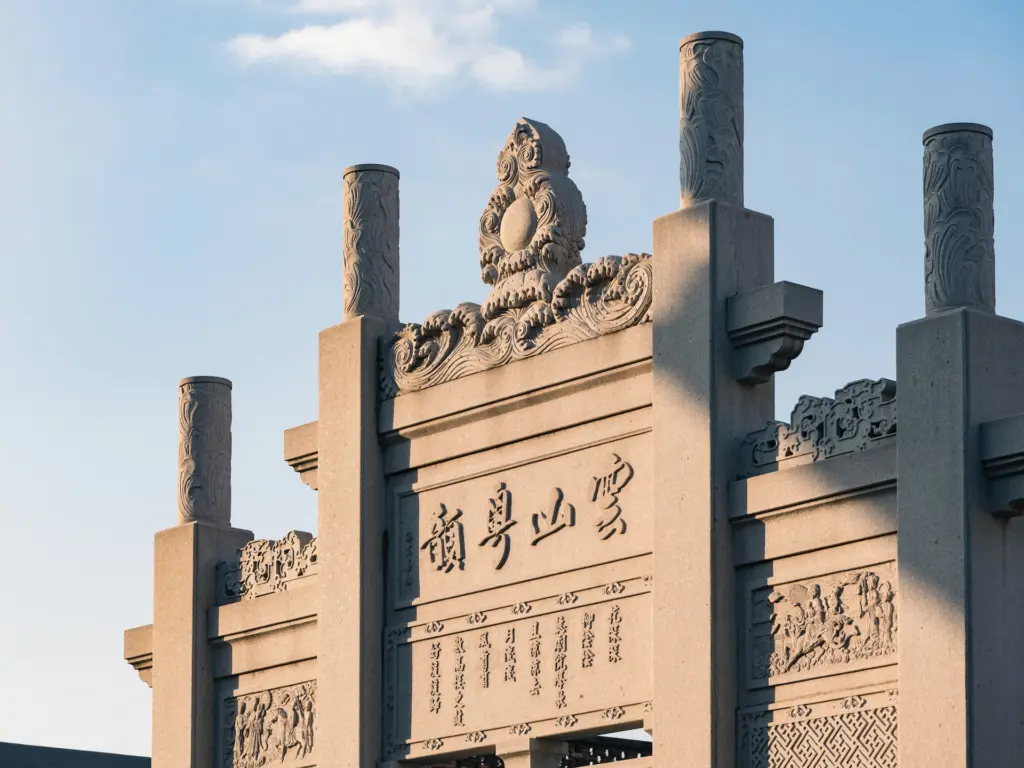
History of the Mandarin
Beijing’s historical significance is unparalleled in China. As the seat of various dynasties, including the Yuan, Ming, and Qing.
Over the years, as the capital of modern China, Beijing has witnessed numerous reforms and movements that have shaped its, and by extension, Mandarin culture.
And then there’s Taiwan. Originally inhabited by Austronesian peoples, Taiwan saw waves of Han Chinese migration, especially during the Ming and Qing dynasties. After a brief period of Japanese rule (1895-1945), Taiwan was handed back to the Republic of China.
Following the Chinese Civil War, the ROC government retreated to Taiwan, making it their base. This sequence of events brought a significant Mandarin-speaking population to the island and influenced its cultural evolution.
Despite its close proximity to Cantonese-speaking regions, Taiwan maintained its unique blend of indigenous, Chinese, Japanese, and Western influences.
Geography and Population
Cantonese: Primarily spoken in the Guangdong Province, Hong Kong, and Macau in the southeastern part of China. Guangdong province alone houses over 110 million people. When combined with the populations of Hong Kong and Macau, 7.5 million and 650,000 respectively, stands at approximately 118 million.
Mandarin: As the official language of China, Mandarin is predominantly spoken in the northern, western, and southwestern regions of the country. China’s total population is estimated to be over 1.4 billion. The majority of these speak some form of Mandarin as their first language.
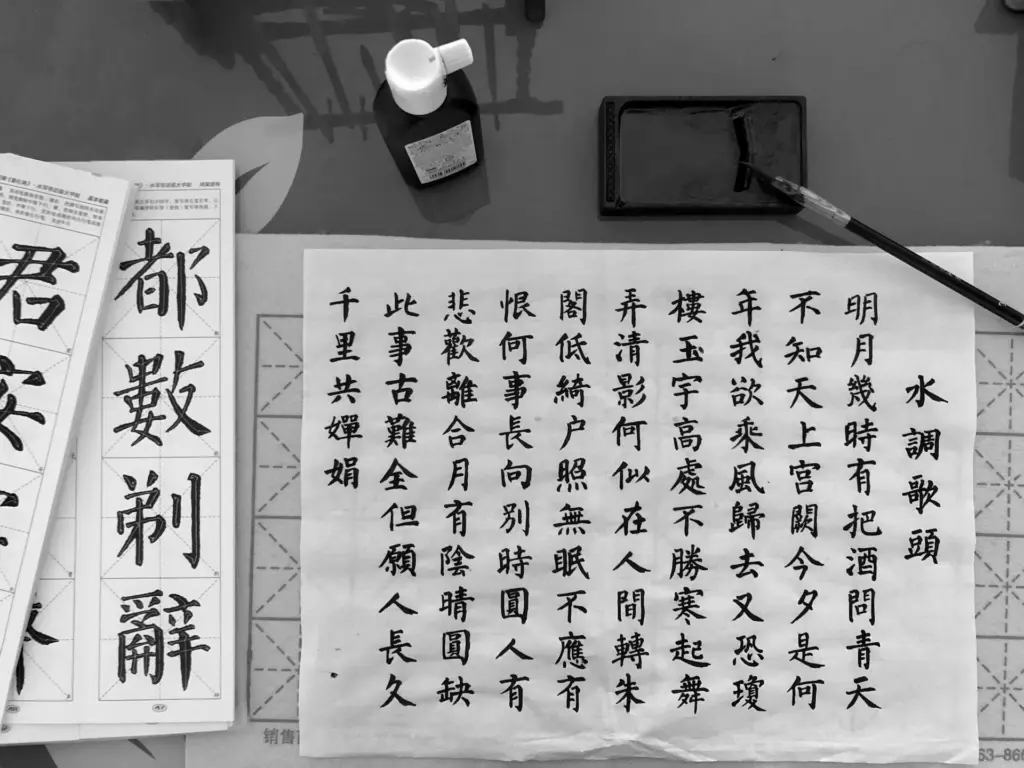
Language
Language is often described as the soul of a culture. The differences and nuances in language provide valuable insights into the deeper layers of cultural identity. Let’s explore the linguistic landscapes of Cantonese and Mandarin:
Phonetics: Cantonese and Mandarin have distinct phonetic systems. While Mandarin primarily has four tones (five if the neutral tone is counted), Cantonese is more complex with six to nine tones, depending on the dialect. This tonal variation leads to different pronunciations for the same character between the two languages.
Grammar and Syntax: While there are considerable similarities in grammar, there are also unique structures and usages in both languages. Cantonese, for example, has some colloquial grammatical structures not found in standard Mandarin.
Chinese Script: Traditional characters have been used for centuries and are still prevalent in places like Taiwan, Hong Kong, and among many overseas Chinese communities. In contrast, Simplified Chinese was introduced in the 1950s in Mainland China to increase literacy, simplifying many of the traditional characters by reducing the number of strokes.
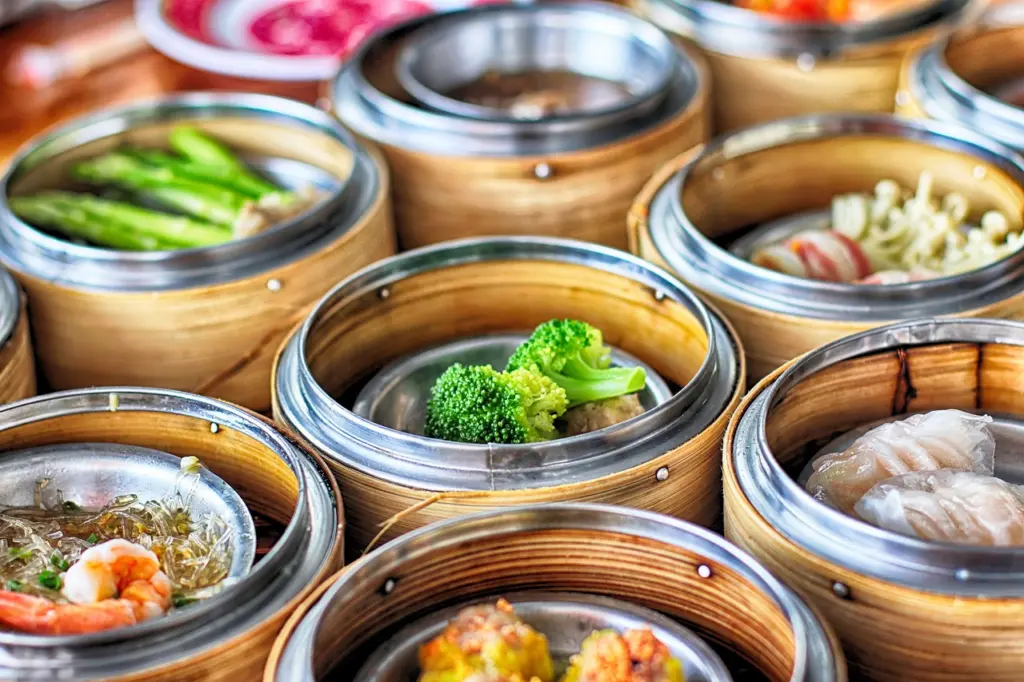
Culinary Traditions
The divergence between Cantonese and Mandarin culinary traditions is one of the main things to look at when differentiating the two cultures.
Ingredients and Flavor
In Cantonese cuisine lies an emphasis on the freshness of ingredients. Given its coastal geography, seafood is paramount, with dishes showcasing the pristine tastes of the sea. The flavors are typically light and subtle, allowing the natural essence of ingredients to shine through. Delicate sauces, such as oyster and hoisin, often lace the dishes, adding nuanced dimensions without overpowering the core ingredients.
Mandarin cuisine, especially from the north, often leans on meats like lamb and beef, due to the colder climes of the region. Stronger and saltier flavors dominate, with ingredients such as soy sauce, vinegar, and bean pastes playing a central role. The triumvirate of garlic, ginger, and green onions frequently forms the foundational aromatics for many dishes.
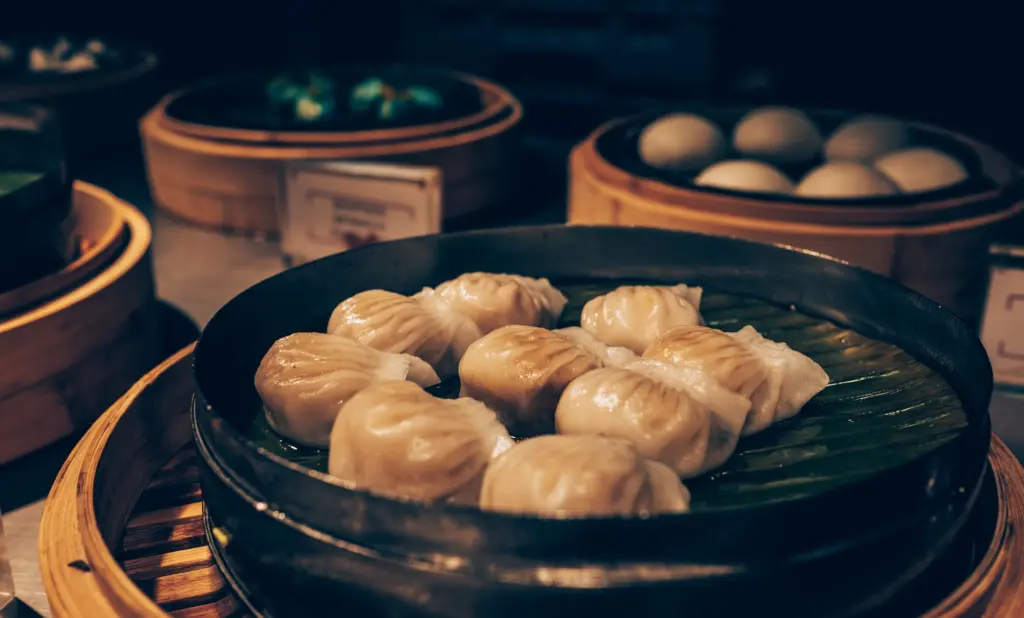
Cooking Techniques
Cantonese dishes often dance to the tunes of steaming and stir-frying. These methods are central to Cantonese cooking, chosen for their ability to preserve the inherent tastes of ingredients. For instance, the art of double-boiling soups extracts flavors in the gentlest manner, producing broths that are both light and deep.
Conversely, Mandarin cuisine revels in the glory of roasting and braising. These methods impart deeper and richer flavors, producing dishes that offer warmth and heartiness, especially cherished during the cold northern winters. Moreover, pickling, a technique to both preserve and add flavor to vegetables, is a staple in Mandarin culinary practices.
Culinary Philosophy
The underlying philosophy of Cantonese cuisine gravitates towards balance. The principles of Yin and Yang are evident in the choice of ingredients and flavors, promoting not just gastronomic pleasure but also wellness. It’s a cuisine that cherishes the authentic flavors of its components, gently coaxing them into the limelight.
Mandarin food, shaped by its northern geography, seeks to provide comfort and warmth. The dishes are heartier, often layered with robust sauces and spices, catering to the soul as much as the palate. It’s a cuisine that celebrates communal bonds, epitomized by shared dishes and hearty stews.
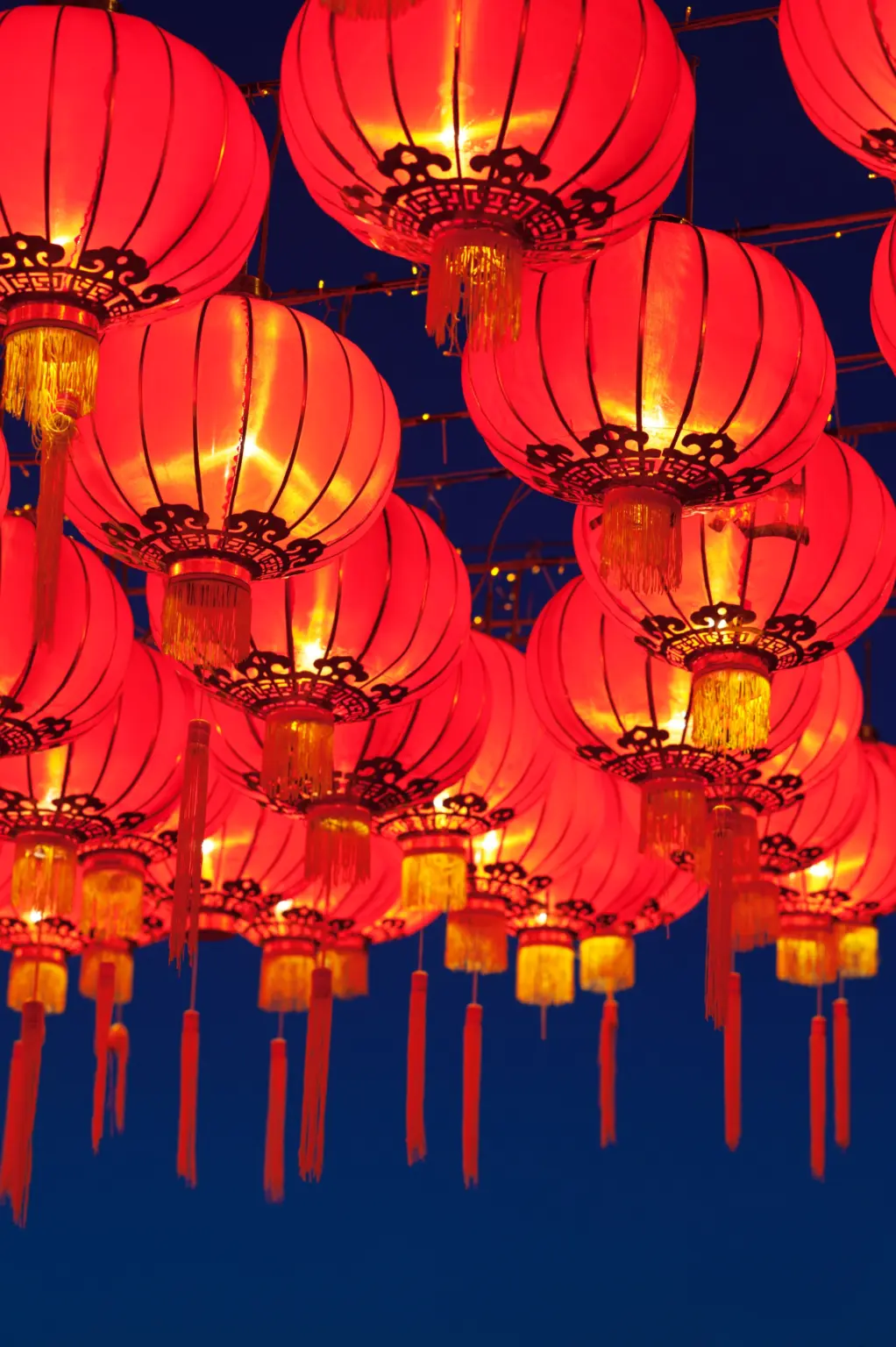
Values, Norms, and Social Practices
The Cantonese and Mandarin cultures, despite sharing a broad Chinese cultural heritage, display distinct variations in their values, norms, and practices, shaped by their unique histories, geographies, and social developments.
Cantonese:
-
Close-knit Clans: Traditionally, Cantonese communities have been structured around clans or large extended families. These clans often live close to each other, and their strong bonds are reinforced through regular gatherings such as during the Mid-Autumn Festival.
-
Respect for Elders: Elders hold a revered position within Cantonese families. It’s common for multiple generations to live under one roof, and younger members are often expected to care for their elders. This respect extends to social interactions, where the eldest person is often greeted or served food first. That’s not to say it’s not also prevalent in Mandarin culture.
-
Emphasis on Ancestral Worship: Ancestral veneration remains an integral part of Cantonese culture. Regular rituals, offerings, and ceremonies are conducted to honor deceased family members and seek their blessings.
Mandarin:
-
Confucian Values: Mandarin-speaking regions, especially with historical centers of learning like Beijing, have deeply internalized Confucian values. Respect for authority, filial piety, and the importance of education are deeply entrenched in societal norms.
-
Structured Social Hierarchies: Social interactions in Mandarin regions often adhere to a clear hierarchy. This is evident in both familial settings, with roles clearly defined (e.g., father as the head of the household), and in broader societal contexts, like student-teacher or junior-senior relationships.
-
Harmony: There’s a strong emphasis on maintaining social harmony and community cohesion. This is reflected in the importance of “face” or mianzi, which pertains to one’s reputation and social standing. Actions or behaviors that could disrupt harmony or cause someone to “lose face” are generally avoided.
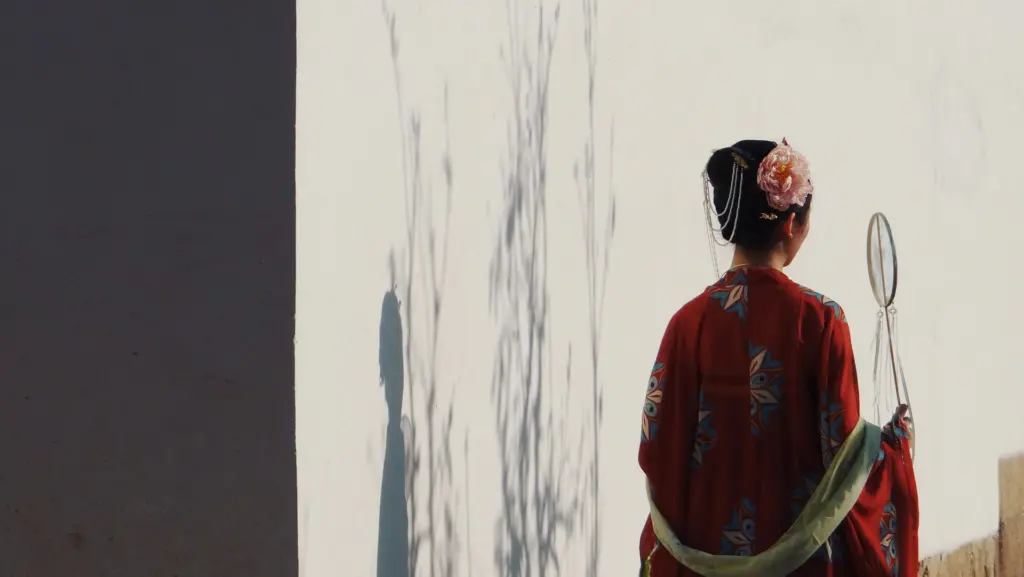
Fashion
In Cantonese culture, the southern regions with their warm, humid climate, influenced clothing designs that prioritized comfort while maintaining elegance. Men often wore loose-fitting robes, made predominantly from breathable materials like silk and adorned with subtle embroideries.
Women, on the other hand, embraced the cheongsam or qipao. While the qipao originated in Shanghai, it found a unique expression in Cantonese culture. The Cantonese version is often characterized by vibrant colors, intricate patterns, and a slightly more relaxed fit, in alignment with the region’s warmer climate.
Mandarin culture bore the influences of both the colder climate and its historical role as the political and cultural center. The attire here was more layered and structured. Men’s clothing showcased broad sleeves, often with intricate detailing signifying rank or scholarly pursuits.
Women’s clothing was more conservative, with multiple layers, intricate embroideries, and motifs that often had symbolic meanings. The iconic Mandarin collar, a short unfolded stand-up collar, became a defining feature of this region’s traditional attire.

